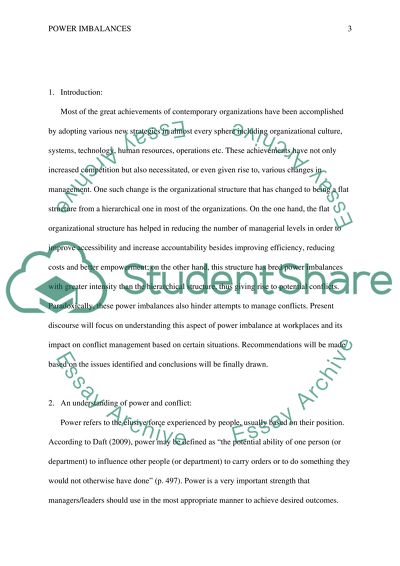Cite this document
(“Power Imbalances Coursework Example | Topics and Well Written Essays - 1250 words”, n.d.)
Retrieved from https://studentshare.org/education/1467228-imbalances
Retrieved from https://studentshare.org/education/1467228-imbalances
(Power Imbalances Coursework Example | Topics and Well Written Essays - 1250 Words)
https://studentshare.org/education/1467228-imbalances.
https://studentshare.org/education/1467228-imbalances.
“Power Imbalances Coursework Example | Topics and Well Written Essays - 1250 Words”, n.d. https://studentshare.org/education/1467228-imbalances.


